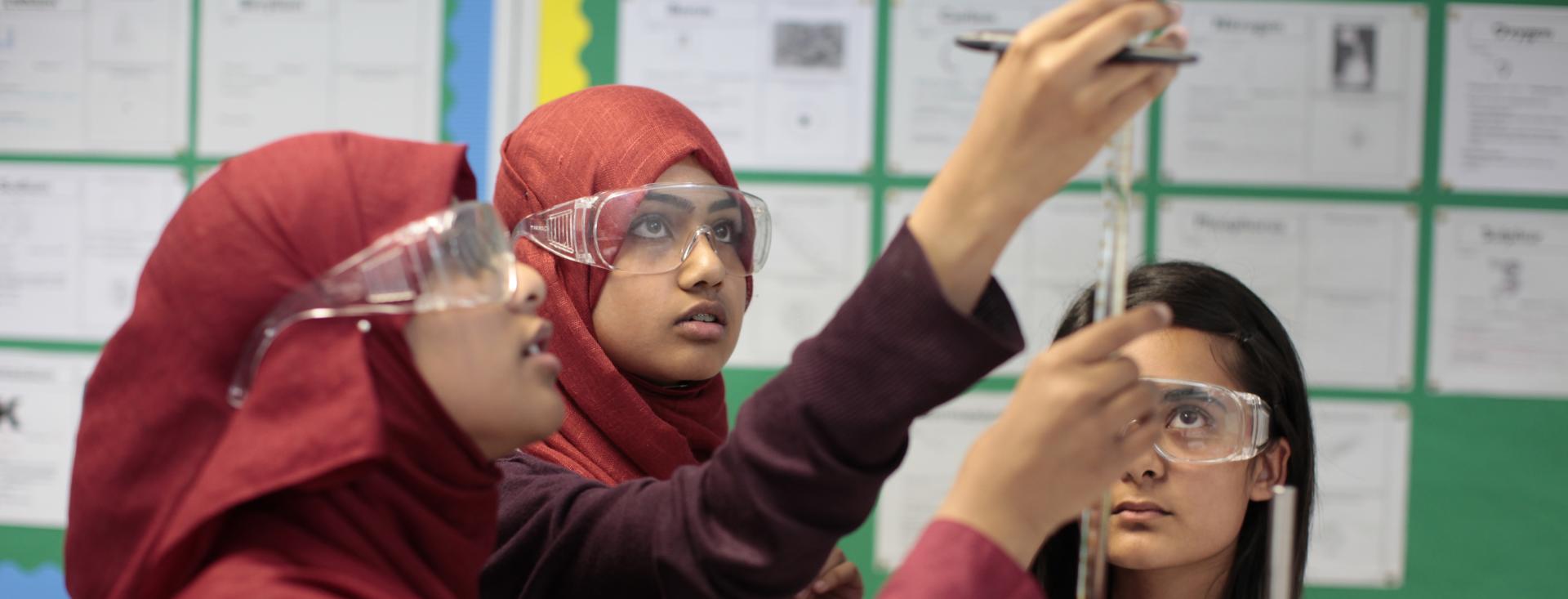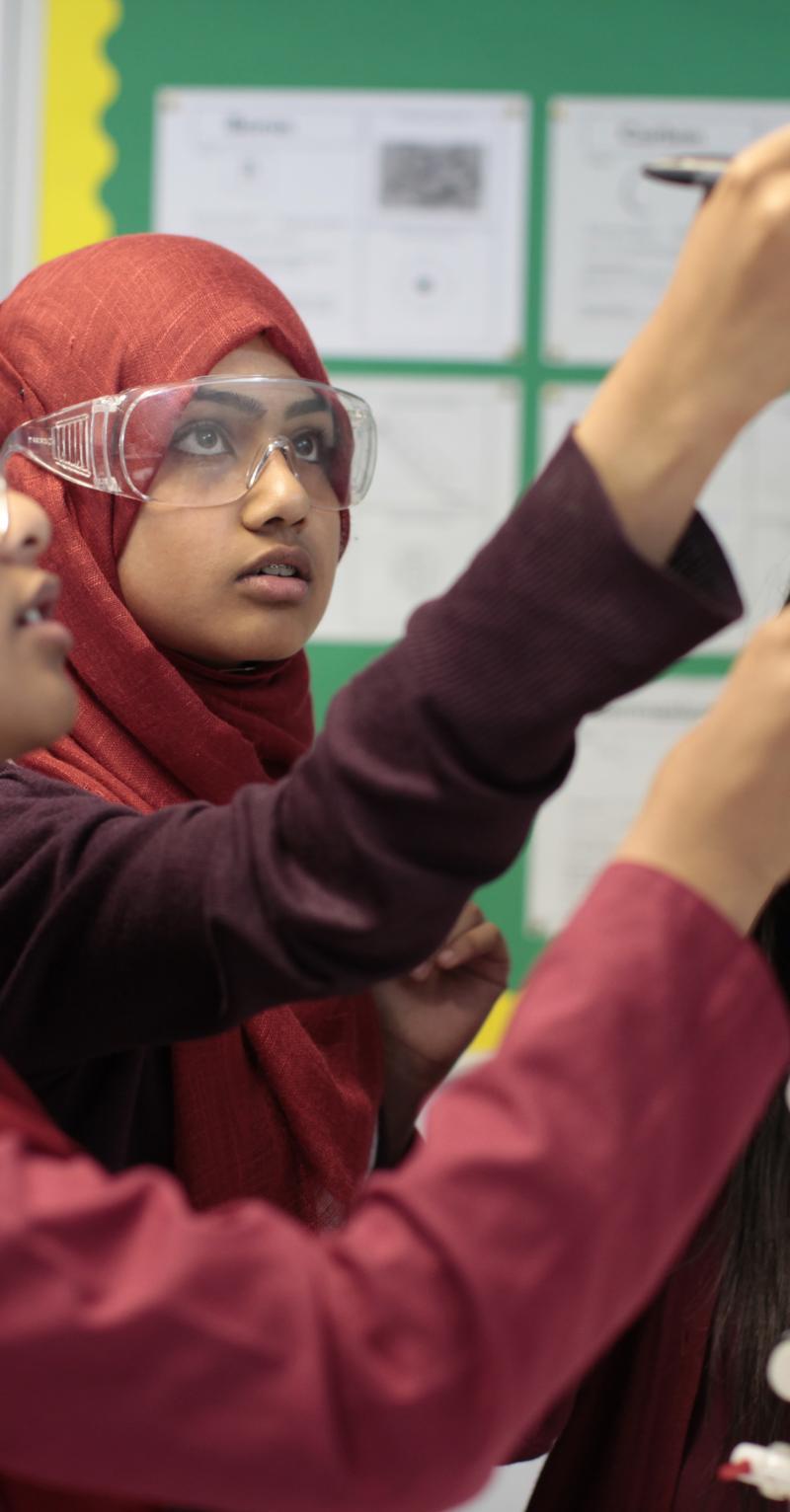Resources
Everyone has a role to play in supporting girls to become empowered, access education for better life outcomes, and thrive. Teach For All is committed to supporting the global network to identify and address the barriers that keep girls from learning and fulfilling their potential through our Girls’ Education initiative. Learn more about gender equity, the issues facing girls around the world, and more in this curated library of resources:
Girls' Education
A Gender-Inclusive Southeast Asia Through Entrepreneurship
A report on the critical gender gaps and entrepreneurial solutions to advance the lives of women in Southeast Asia. It introduces the Women's Empowerment Framework that outlines a gender-inclusive vision across seven mutually reinforcing dimensions.
Girls' Education
Building Resilience and Resistance to Child, Early, and Forced Marriage Through Acquiring Skills
Research conducted in Northern Nigeria that found that acquiring vocational skills alone was not enough to empower girls or form the basis of an alternative to early marriage. It recommends a holistic program incorporating life skills and counseling.
Girls' Education
General Versus Girl-Targeted Interventions: A False Dichotomy? A Response to Evans and Yuan
This paper provides a review of Evans and Yuan’s 2019 paper "What We Learn about Girls’ Education from Interventions that Do Not Focus on Girls." It disagrees with their conclusion and recommends combining girl-targeted and general interventions.

